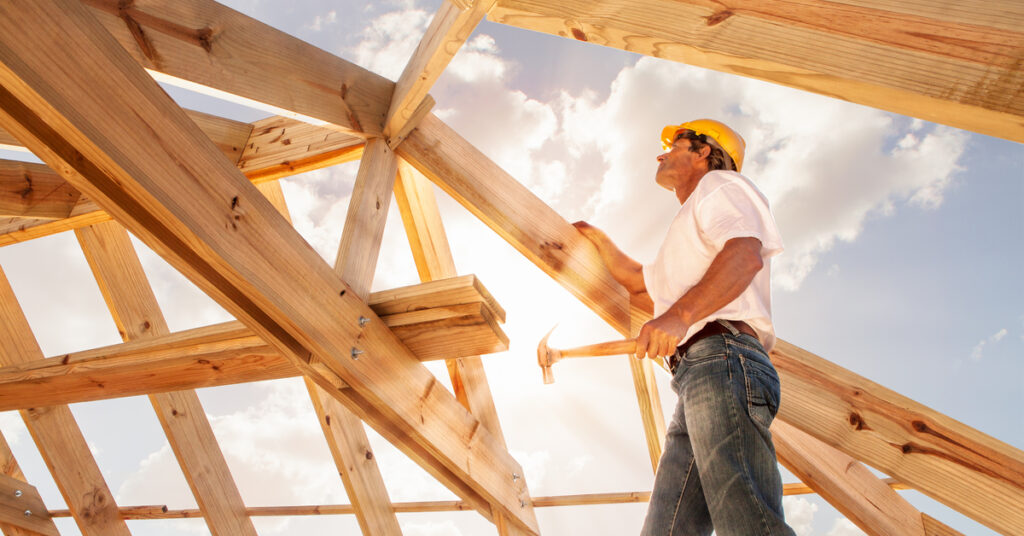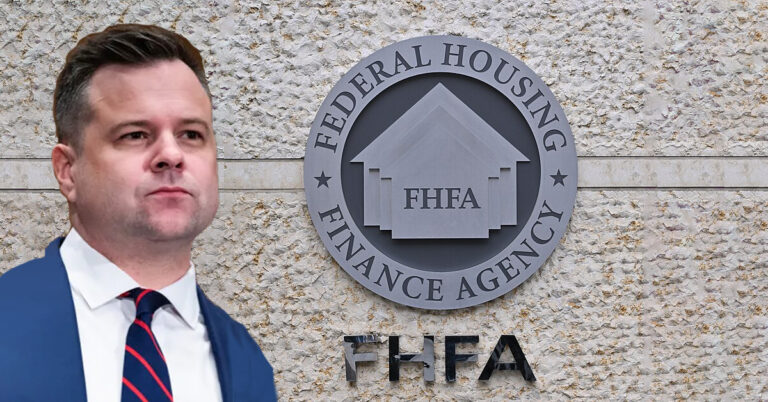U.S. housing starts receded 1.4% from November to December, according to the U.S. Census Bureau and the U.S. Department of Housing and Urban Development.
The decline made December the fourth consecutive month of declining construction activity across the single-family and multifamily housing sectors, continuing a trend that surprised few observers. But the rate of total starts, which came in at a seasonally adjusted annual pace of 1.38 million units, surpassed expectations.
Maybe more shocking, however, was that the backtrack was driven wholly by softening multifamily activity. Multifamily starts sank 19% to a seasonally adjusted annual pace of 473,000 units, the lowest since September 2021. Multifamily building is notoriously volatile, but there has been a recent trend of slowing construction, a shift mirrored by weakening demand in the apartment sector.
Single-family building staged a notable December recovery with an 11.3% gain in starts, bringing the pace of single-family starts to 909,000 units. The jump is the largest monthly increase in just over a year. Given recent data, the rebound was certainly unforeseen. Indeed, even with the monthly gain, single-family starts remain down 25% year over year.
Is December’s single-family bounce a signal of things to come? Not so fast, said Wells Fargo economists Charlie Dougherty, Jackie Benson and Patrick Barley. In commentary from the trio released by the bank, they point to continued drops in single-family permitting, which fell by 6.5% monthly and 35% year over year.
The economists suggest that the contrast in starts and permits imply that December’s surprising construction data may be due to “unseasonably warm weather and improved material and labor availability,” rather than improving buyer demand. Meanwhile, housing completions came in at 1.41 million units, while single-family completions were recorded at an annualized rate of 1.01 million units — each exceeding the number of starts and reducing the number of homes under construction.
“Builders still have a large backlog of single-family homes under construction,” said Odeta Kushi, deputy chief economist at First American Financial Corp. “Builders will likely continue to focus on completing these existing projects, rather than starting new ones, until there is a meaningful and sustained increase in demand.”
Still, there is good news. The National Association of Home Builders (NAHB) recently reported that January’s moderate interest rate decline helped nudge builder sentiment up for the first time in 12 months. Builder confidence for newly built homes rose four points during the month, bringing the Housing Market Index jointly maintained by the NAHB and Wells Fargo to a reading of 35.
“While NAHB is forecasting a decline for single-family starts this year compared to 2022, it appears a turning point for housing lies ahead,” NAHB chief economist Robert Dietz said. “In the coming quarters, single-family homebuilding will rise off of cycle lows as mortgage rates are expected to trend lower and boost housing affordability. Improved housing affordability will increase housing demand as the nation grapples with a structural housing deficit of 1.5 million units.”







